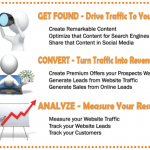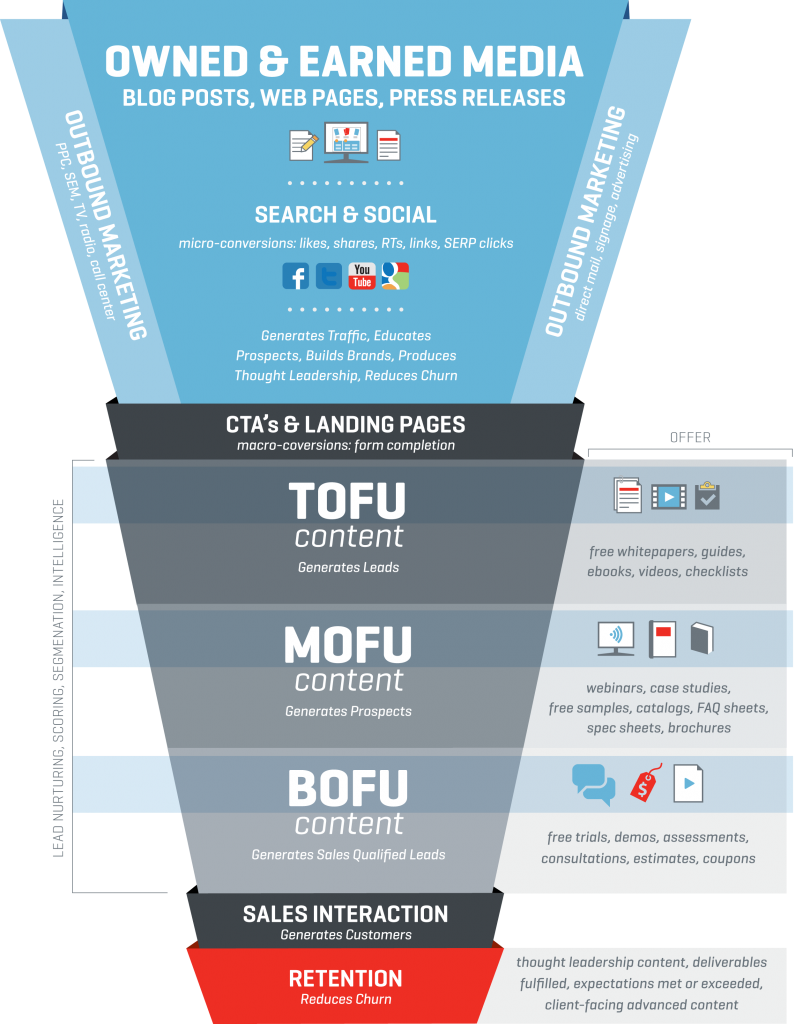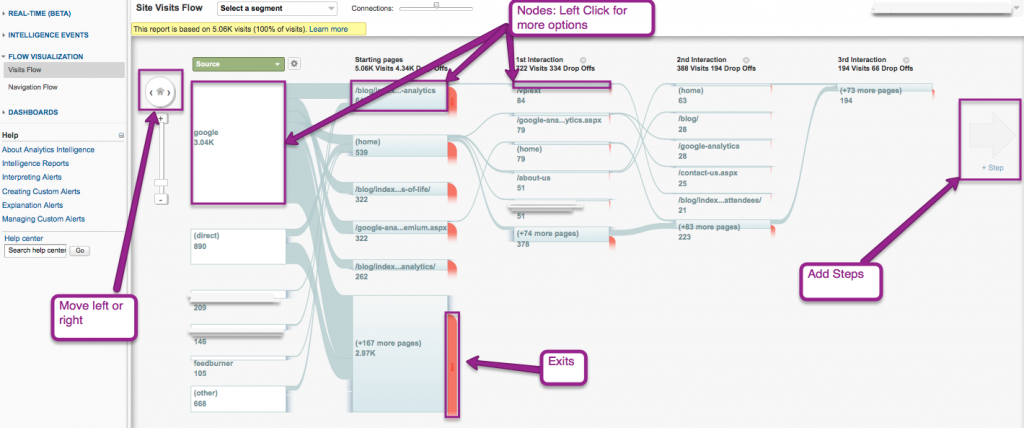 When we meet clients, most of the time the first question is “how do I convert website visitors into buyers”, usually followed by a statement like “this is not working”!. Getting visitors to your website is one problem (referred to as inbound marketing), getting them to purchase or make an appointment is another. Conversion (from visitor to buyer) is key to your inbound marketing strategy.
When we meet clients, most of the time the first question is “how do I convert website visitors into buyers”, usually followed by a statement like “this is not working”!. Getting visitors to your website is one problem (referred to as inbound marketing), getting them to purchase or make an appointment is another. Conversion (from visitor to buyer) is key to your inbound marketing strategy.
When we say “buyer” it doesn’t have to mean a physical purchase of a product. A conversion for your business could mean gathering contact information. This would allow you to get in touch with them later with a more targeted and customised version of the product/service you offer.
Nurturing Campaigns
 The main function of your website is to win the trust of potential clients. It’s crucial that you know your market and where their pain points are. Only talk about relevant information. Things that are of concern to your target audience (as suggested in the infographic). You can then talk about the benefits of your service/product (not the features) and how you can make their lives easier. They will then start to trust your business because you are only talking about things that will benefit them.
The main function of your website is to win the trust of potential clients. It’s crucial that you know your market and where their pain points are. Only talk about relevant information. Things that are of concern to your target audience (as suggested in the infographic). You can then talk about the benefits of your service/product (not the features) and how you can make their lives easier. They will then start to trust your business because you are only talking about things that will benefit them.
Calls to Action
We frequently mention CTA’s. There is no point having the most exquisite site if you don’t have a CTA. This is usually a contact form, or a downloadable pdf document, a newsletter signup etc. You could even have a video that you want people to play so that they learn more about your business.
Note that if you are using a form to collect information, recent research (via A/B split testing) has shown that forms with 5 or fewer fields (a field is the box for information, ie “name”) have higher conversion rates than larger forms. If you use a larger form, you are most likely sacrificing your lead information intake.
Measuring CTA’s
There are many paid for tools that will allow you to track your interactions, including heat maps. The best free tool is currently Google Analytics. Connecting Google Analytics to your website will allow you to track interactions on the website. It has a great flow mapping system which will show you how to track where your users fall off the site and whether they are dropping off the form page (it may be too long for example). Through the use of the Goal setting system in Google Analytics you can set Goals that track the users interaction at various locations on your website. You could set a goal that funnels visitors down through the site, tracking whether or not they have clicked play on your video for example.
Social Engagement
If you produce excellent content, your audience will automatically want to share it. Again you can use Google Analytics to track referring sources such as Facebook or Twitter etc. Being able to identify the amount of visitors coming from inbound channels such as social media will allow you to put a strategy together for sharing content on social media channels. Perhaps this is the area you need to focus on but you will only know this when you start tracking your CTA’s via a tool such as Google Analytics.
Smarter Website Conversion Strategy
By collecting customer data, tracking where they travel on your website, how they reach you, your business will start to reap the rewards of smarter website conversion strategy.


